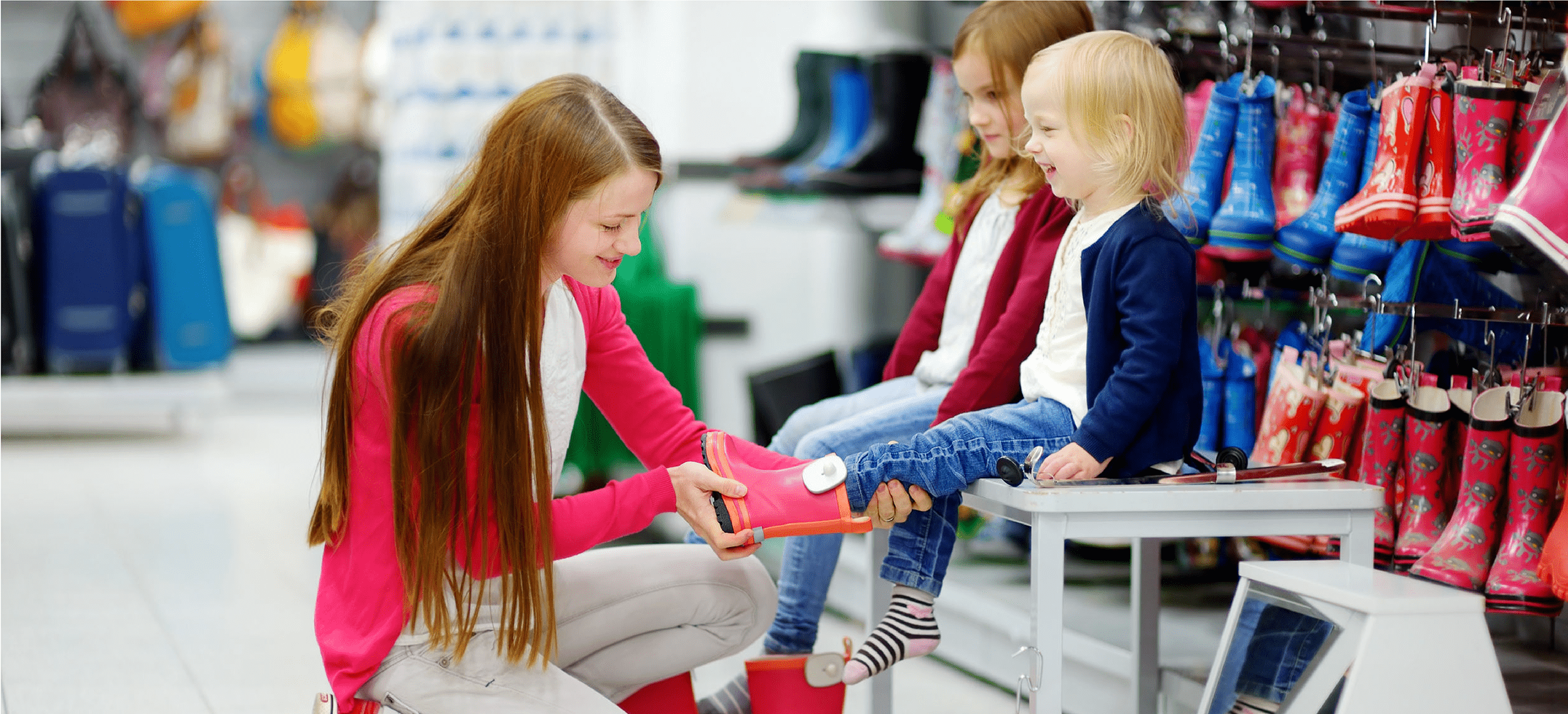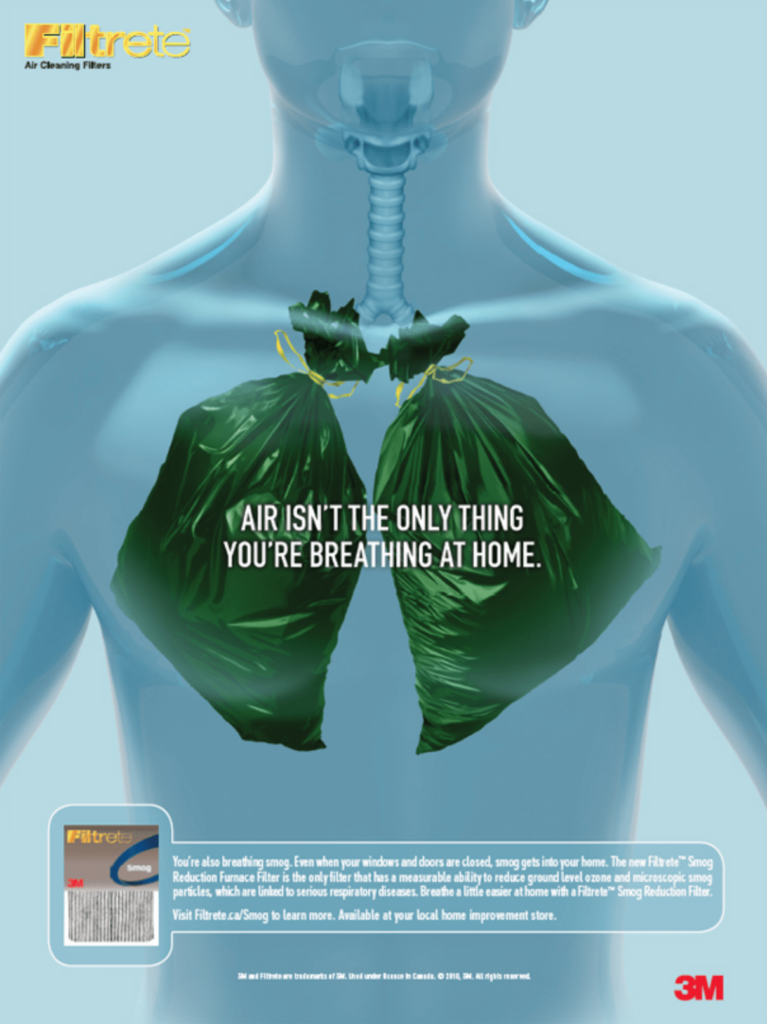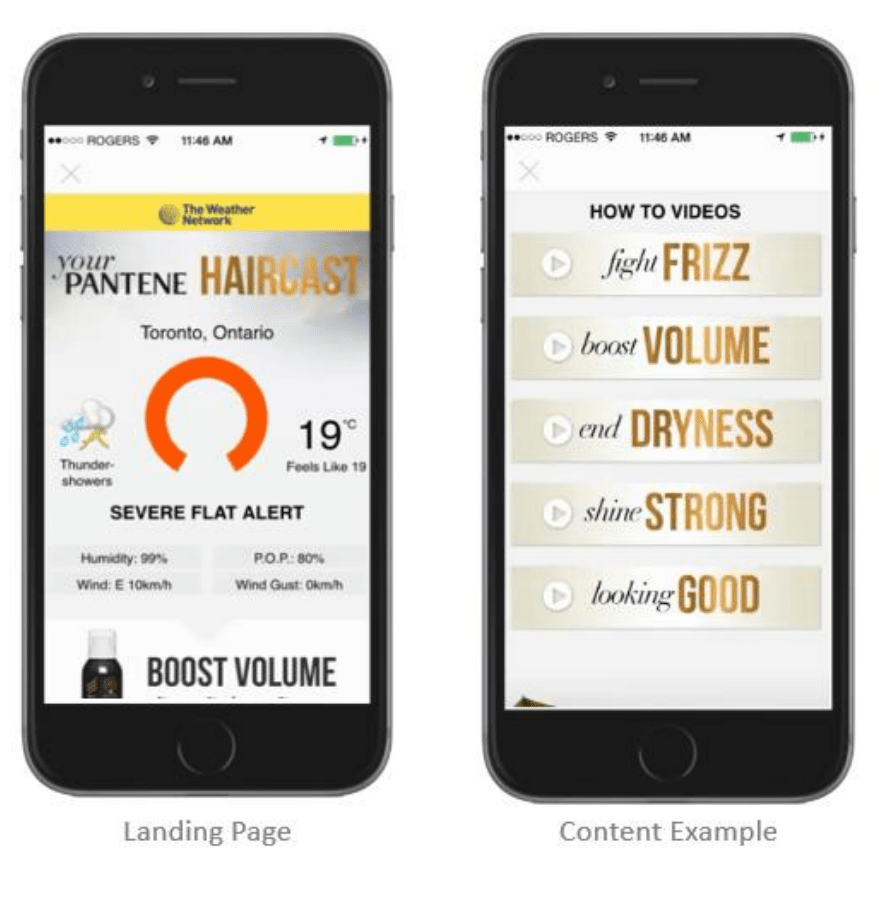
With new data, technology, and tools, today we are able to leverage weather indications with much more accuracy. For example, when spring temperatures hit 21°C, hair removal products spiked 1400% as bare legs hit the streets. At the same temperature, BBQ sales rise 200% (CBC Radio, 2015). Conversely, although rain can kill BBQ sales, lawn care purchases go through the roof – grass grows faster in wet weather. Even the presence of sunlight affects our moods and willingness to pay for products. We are willing to pay more for certain product depending on sunlight conditions.
Weather-Based Marketing describes both proactive and reactive campaigns. The concept is based on the insight that consumer behavior is influenced by different weather patterns. Weather affects a vast number of industries, some are intuitive, and others are subtler; Insurance, Food Delivery, Cosmetics, and Travel. Weather happens everywhere, to everyone – it is the reason that forecasting has become a $3B industry today (CBC Radio, 2015). While no one can predict the future with 100% certainty, marketers are able to leverage data and predictive tools to help businesses benefit from weather fluctuations.
How to Leverage Weather Data in Marketing Execution
You can create a ‘Trigger Marketing’ Campaign based on:
- Historical Weather
- Current Weather
- Future Forecasts
You can target by many different weather signals (temperature, sunlight, precipitation) and create marketing tactics that leverage that weather signal in various types of marketing media; Out-Of-Home (OOH) Digital, E-mail Campaigns, Display Advertisements, or Pay-Per-Click (PPC) campaigns.
Weather Marketing Tactics
- Promoting relevant and useful products. By using plug-ins, 3rd party software, or by coding some of that functionality yourself, you can pull in data on the current weather in a particular city. If there’s a sudden snowstorm, you can adjust your ads automatically.
- Participating in real-time weather engagement. Customize social content to real-time weather events and potentially leveraging with paid boosts when weather situations are trending, (Ex. #Snowmaggedon2018…). Have a small contingency fund to create and potentially boost organic content during weather events.
- Work with weather network and purchase display ads. Align brand with weather information tailored specifically to consumer activity. Another
offering that the weather network has is to showcase different responsive creative messaging dependent on the weather conditions. - Work with an agency to buy responsive digital space. Select geographically strategic/relevant digital Out-Of-Home (OOH) space and change the ad being served depending on the weather.
- Work with local Radio. Build and run different radio advertising spots based on past, current, and predicted weather behavior.
Technology and Software that Enables Weather-Based Marketing
WeatherTrigger: Display customized ads or promotions, activate campaigns, or automate key business operations according to local weather events. WeatherTrigger is platform agnostic and is a perfect add-on to Demand Side Platforms (DSP’s), ad exchanges, marketing automation tools, Email marketing platforms (ESP’s), mobile marketing platforms, and even Digital Out-of-Home (DOOH) technologies.
Weather Unlocked: Set automated rules for your Adwords, Facebook, and Instagram campaigns. Play/pause ads, modify bids and change creative based on any type of weather imaginable across search, display, and social. $99/mo subscription.
WeatherFIT : A pay-per-click tool that allows Google AdWords campaigns to be tailored based on real-time or forecast localized climate conditions. Monthly Subscription.
WeatherTrends360: 1 year ahead predictive weather analysis with 84% accuracy. Independently audited accuracy for both short-term and year-ahead forecasts for temperature and precipitation. A forecast Weather Trends issued one year ago is more accurate than every other weather company’s 5 to 14-day forecasts. Takes planning any advertising or marketing campaign more effective around favorable weather by zip code, store, DMA, region or country levels. $299/year.
Great Examples of Weather-Based Marketing
In July of 2010, 3M Filtrete Air Filters reacted to the rising temperatures and smog warning in many urban areas across Canada. 3M went to market with a campaign that supported the benefits of their Smog Reduction furnace filters.

Pantene hair products partnered with the Weather Channel so when women checked the weather on their smartphones, they would also see an ad for a frizzy-hair taming product with a rise in humidity. Alternately, in a low-humidity location, where hair is prone to go flat, they would see a hair volumizing product. Pantene also provided a coupon and directions to the nearest store that carried the product.

Back when the Farmer’s Almanac was the epitome of predictive technology, many businesses were left with the four seasons to base weather-related decisions.
The weather now plays an instrumental role in the world of advertising and marketing. With decades of climate history, new technologies, and tools, marketers can make recommendations based on multiple weather indicators. If businesses can leverage this marketing tool correctly, they can gain control of an uncontrollable force and create a tremendous competitive advantage.
Do you have a seasonal business? Click to learn more about seasonal discounts, or Contact us to learn more today.
How Weather Affects Marketing | CBC Radio. (2015, February 14). Retrieved from https://www.cbc.ca/radio/undertheinfluence/how-weather-affects-marketing-1.2801774


